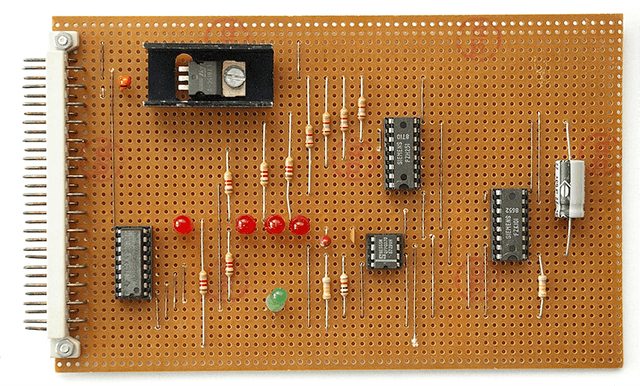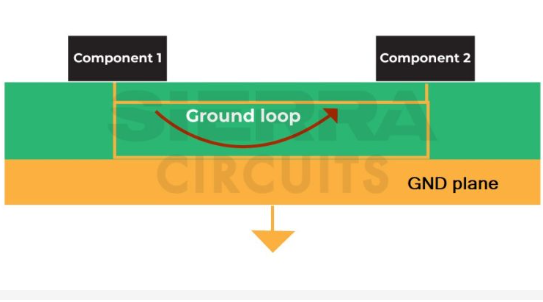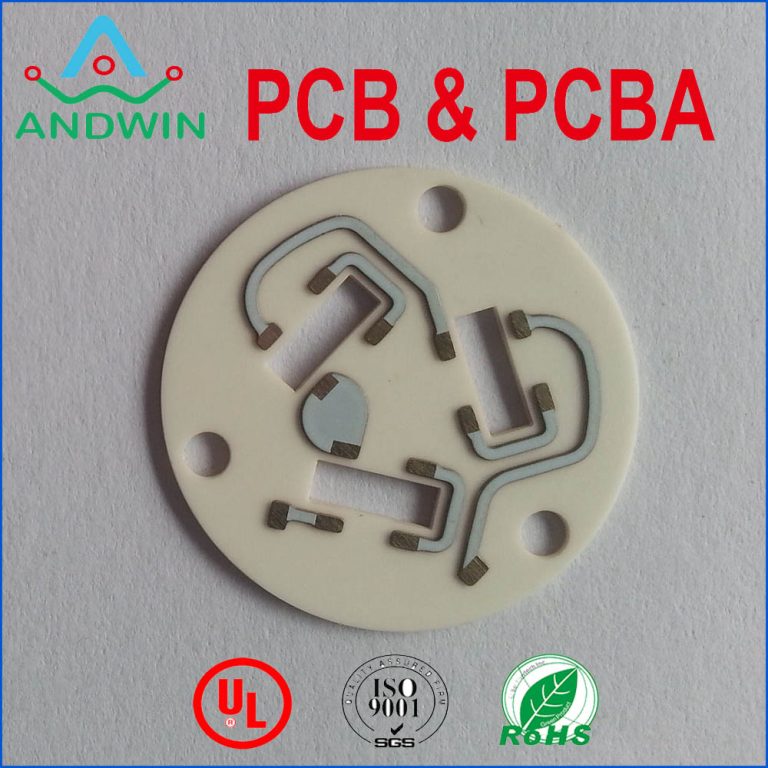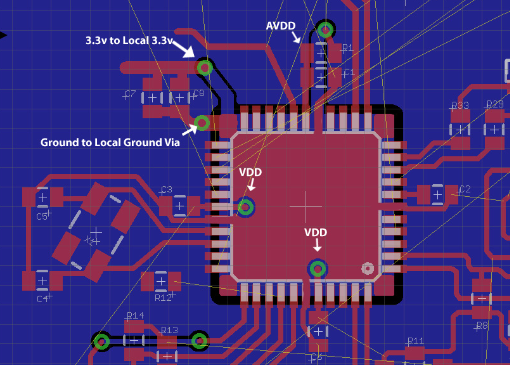1 off pcb prototype
What is PCB Prototype and Considerations for PCB Prototyping
A PCB (Printed Circuit Board) prototype is a model or sample of how the final PCB will look and function like. A printed circuit board prototype or low-cost PCB prototype is a small device that is used to connect electronic components to ensure the smooth functioning of a product.
The process determines whether the proposed PCB design will perform as expected, thereby revealing any possible flaws, allowing the designer to make any necessary changes. Any other improvements or alternatives that the designer may have in mind are also introduced at this stage. The mass production of any new product cannot be separated from PCB prototype services and cannot simply begin without a prototyping phase.
The production of prototypes is a time-bound process – minimum time should be spent on the actual PCB prototype manufacturer. Companies that offer PCB prototype services may also engage in PCB prototype manufacturers. Therefore, it is wise to choose a PCB prototype manufacturer with the latest technology that will ensure that the margin of error is almost zero, avoid the use of harmful chemicals, and the PCB size is as small as possible, but equally as they are required for modern electronic devices.
Our company strives to develop quality/perfect prototypes. Advances in technology and more computerization have accelerated the process of prototyping and manufacturing PCBs and made them as error-free as possible.
What is Prototype PCB?
Prototyping is essential, especially when it comes to electrical manufacturing. So in the case of a circuit, what you need is a prototype PCB, which is simply a product sample that allows you to check if the circuit design is working properly.
In most cases, prototypes are usually used for basic testing. However, for a PCB prototype, the PCB prototype needs to be fully functional, test which components work at a preliminary stage, and possibly check if the entire circuit design is correct.
Like many

Types of PCB Prototypes
In fact, there are different PCB prototypes that can be used to test various circuit designs. In addition, when building a circuit, you will most likely have to use more than one PCB. So, some of these PCB prototypes include:
- Working Prototype PCB
This PCB prototype contains all the functions and features of the final design and is fully functional. You can use this type of PCB prototype to test errors in the design and check the finished design. - Visual Model
The main purpose of a visual model is to test the physical characteristics of the PCB design and the structure of the board components. You can use a graphical model for a prototype because it is an economical and easy way to test and review PCB designs.、

- Functional PCB Prototype
This prototype is closest to your final design. There are usually only a few economic differences, and it shows you exactly how your plan will work and what it will look like. - Proof-of-Concept Prototype PCB
The main goal of this type of PCB prototype is to test whether your design is usable. Therefore, it does not have all the functions of your circuit design. It only needs the main functions.
Benefits of PCB Prototyping
Prototypes seem to include a bunch of extra expenses, but we can’t question their importance in the design process.
While allowing you to test various designs, it also allows components to be added and removed. For this reason, prototyping has multiple benefits that can make your design process less stressful.
- Shorten Timeline
You will usually test through different versions when creating your PCB design before building the final version. This can be time-consuming, but PCB prototyping can help speed things up. - Manufacturing Review and Assistance
Using PCB prototyping services will help you find any errors that you may have missed. Different issues can cause design flaws and other problems when you don’t find them.

- Accurate and reliable prototypes
With prototyping, encountering problems after building a PCB is a thing of the past. In fact, an accurate prototype can eliminate most problems in your design.
In addition, it represents the productivity of your final design. Therefore, you can test a lot of things, including functional testing, final product design, PCB design, and conditional testing.
- Test components individually
Prototyping allows you to test components individually to help you find errors in situations where you cannot easily detect them. - Reduce costs
PCB prototyping helps you reduce costs by preventing errors that will cost you more money. With prototyping, you can find errors early.
When to use PCB prototypes
Although prototypes are essential for testing and design, there are some tips to follow before using them.
- Testing
You can use prototyping for any type of testing during the production process. From environmental testing to quality assurance testing, PCB prototyping is your first choice.

- Complex components
You can also use prototyping when dealing with complex designs involving various components. Additionally, complex structures with advanced circuits can be frustrating if something goes wrong, and a prototype PCB can help you prevent such events from happening. - Modeling Purpose
If you need a visual representation of your design, you can use a prototype PCB, even if it is not functional yet. By doing so, you don’t have to spend money on a standard production PCB.

Considerations for PCB Product Prototyping
After your prototyping session, you should have your design ready to be printed on your board. However, before that, here are some things you should consider for prototyping and production.
Circuit Components
Make a carefully calculated choice between through-hole or surface mount technology.
If you think you’ll be redesigning your circuit, choose leaded solder over lead-free solder.
Leads
If your project involves a complex design, use simple techniques to speed up prototyping.
Use basic functional testing to take your prototype from the electrical verification stage to design verification.
Different Ways to Prototype Your Design Using PCBs
After testing, the next step is to transfer your design to a PCB. There are multiple ways to do this. Let’s take a closer look at the multiple paths.
- Create a Prototype PCB Using CNC Machining
CNC technology is great for prototyping. Why? CNC machining can etch traces and holes into a blank copper board using a milling cutter.
One of the benefits of using CNC machines to prototype PCBs is their speed. It only takes a few hours to fully mill a copper board design, but this also depends on the size of the PCB.
However, the quality of PCB milling has its disadvantages compared to traditionally manufactured PCBs. In addition, CNC machines do not have a solder mask. Therefore, it can cause solder bridges, formation, and short circuits.
- Prototype PCBs from Full-Scale Production Companies
The third and final way to make PCBs through prototyping is a process found in mass production companies. In fact, PCBs made this way are usually made in smaller quantities.
In fact, many of these mass production companies use similar complex processes to produce PCBs.
The design of PCB prototypes is the key to designing thick copper boards, ceramic boards, aluminum substrates, high-speed circuit boards, etc., and plays an important role. Our company also uses similar technology to provide professional manufacturing services for your PCB use, and can provide you with prototypes that are almost as good as the final design.






